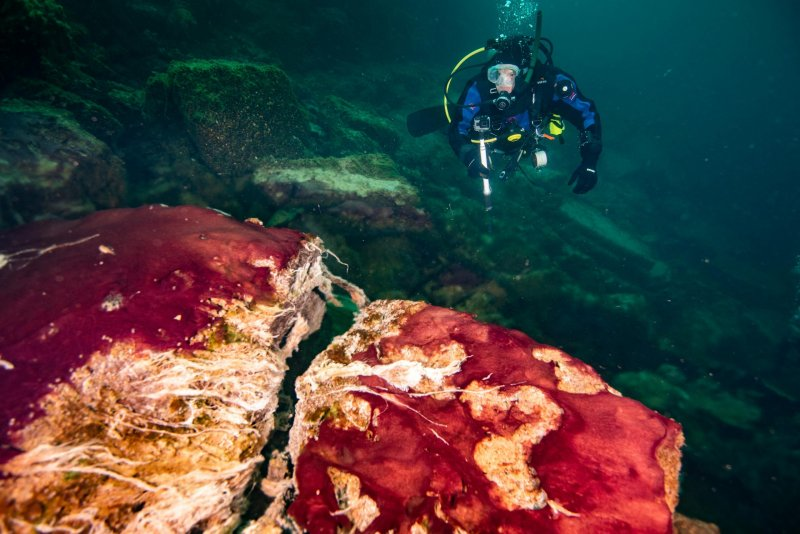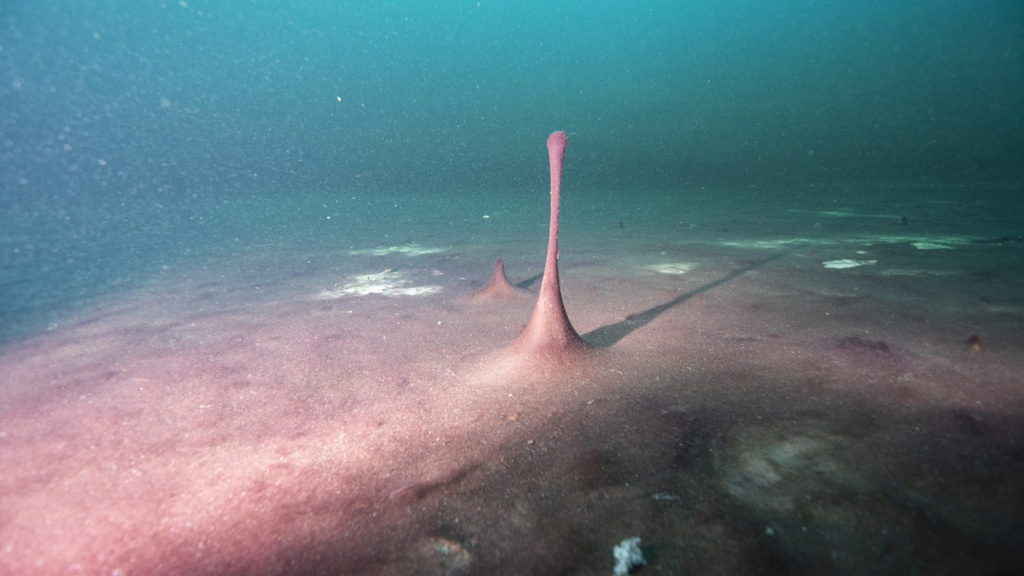Thus, the slowing down of the Earth's rotation contributes to an increase in atmospheric oxygen
In a study published in Nature Geoscience, researchers from German and American research centers found that slowing the Earth's rotation could stimulate the release of oxygen.
And the breathing of human and living creatures became possible on this planet because billions of years ago, the dense mats of cyanobacteria at the beginning of life on Earth, began to produce oxygen as a byproduct of photosynthesis, and thus God Almighty decreed for life on Earth to evolve.
But scientists still don't know for sure what turned the Earth into an oxygen-rich world, where complex organisms can evolve and diversify!
How to turn the Earth into an oxygen-rich planet?
In the study, published on August 2, 2021, researchers identified an important new factor that had a role in stimulating the release of oxygen caused by these microbes, which is the slowdown in the Earth's rotation that began about 2.4 billion years ago.
The Earth was spinning more quickly when it was a newborn planet, but it has gradually slowed down over hundreds of millions of years. Once the length of the day reached a certain threshold, this provided longer periods of sunlight that enabled more oxygen molecules to escape from regions of higher concentration (inside bacterial mats) to regions of lower concentration (the atmosphere), according to molecular diffusion physics.
Scientists recently found evidence of this link in a hole at the bottom of Lake Huron, in the United States and Canada, and Lake Huron is one of the world's largest freshwater lakes. The lake's central island crater is 91 m in diameter and is located about 24 m below the surface. There, the sulfur-rich water nourishes colorful microbes that thrive in a low-oxygen environment, just as early forms of bacteria did on Earth.
oxygen-producing bacteria
Two types of microbes live in the depths of cold waters:
Sunlight-seeking cyanobacteria, which produce oxygen through photosynthesis.
white bacteria, which consume the sulfur and release the sulfate instead.
Microbes compete throughout the day, with sulfur-eating bacteria covering their purple neighbors in the morning and evening hours, preventing the purple microbes from reaching the sun. However, when daylight is stronger, the albicans microbes avoid the light and migrate deeper into the stream, leaving the purplish cyanobacteria exposed and thus capable of photosynthesis and releasing oxygen.
Similar rivalries may have existed between microbial communities billions of years ago, the study researchers wrote, as exposure of oxygen-producing bacteria to sunlight was hampered by their neighboring microbes. Then, as the days on Earth got longer, the oxygen makers took in more sunlight — and released more oxygen into the atmosphere.
The study's lead author, Judith Klatt, a research scientist at the Max Planck Institute for Marine Microbiology in Bremen, Germany, said: "We recognized that there is a fundamental link between light dynamics and oxygen release, and that this link underlies the physics of molecular diffusion," when thermal changes cause In the migration of molecules from regions of higher concentration to regions of lower concentration.
How does the Earth's rotation change?
Now, the Earth completes a complete rotation on its axis once every 24 hours, but more than 4 billion years ago, a day lasted only about six hours, researchers report
. Over billions of years, the interaction of the Earth and the Moon slowed the planet's rotation through a process known as tidal friction. As the Earth rotates, the gravity of the Moon (and the Sun, to a lesser extent) pulls on Earth's oceans. This stretches the seas so that they swell away from the Earth's center, drawing in and slowing the rotational energy.
Oxygen escapes from microbial mats
The researchers modeled scenarios of varying length of day for oxygen escape from the microbial mats. When they compared their models to an analysis of competing microbial mats taken from a hole on the central island, they found confirmation of their prediction: photosynthetic bacteria released more oxygen when the days were longer.
This isn't because microbes are becoming more photosynthetic, but rather because longer periods of sunlight mean more oxygen escapes from the mats per day.
Earth's atmosphere and high concentration of oxygen
The Earth's atmosphere formed after the planet formed and cooled, about 4.6 billion years ago, and was composed mostly of hydrogen sulfide, methane, and carbon dioxide (CO2), equivalent to 200 times the amount of carbon dioxide in the atmosphere today.
All this changed after the Great Oxidation Event (GOE) about 2.4 billion years ago (the appearance of cyanobacteria in large quantities with which the amount of oxygen in the atmosphere rose significantly), followed by the oxygenation event in modern living about 2 billion years later, which raised the oxygen in the atmosphere atmospheric to the current level of about 21%.
These two oxygen events have previously been linked to the activity of photosynthetic cyanobacteria, and this new evidence suggests that another factor largely not previously considered is that the day becomes long enough to stimulate the release of more oxygen from the microbial mats, until the atmosphere is Earth's atmosphere is as rich in oxygen as it is today.
Source: space + Arab weather
https://shahbapress.net/archives/18529?fbclid=IwAR2gqDEhEwLht9y4mThqOymurJA2NGn-ZgPXHTpQGadBeuwkvlldsMl0w4I




